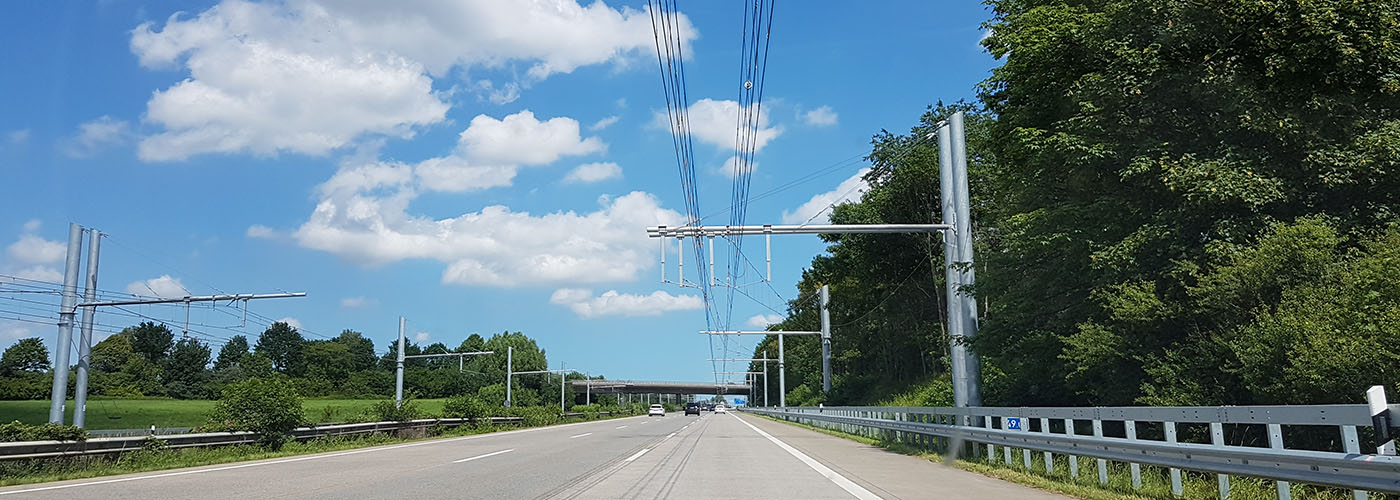Electrically on Land, on Water and in the Air

People have been using electricity to help them get around for about 200 years now. It was spinning the axles of automobile wheels even before the ascent of internal combustion engines, and it powers trains and trams as they travel on tracks. And the path we are following now suggests that its most glittering era is yet to come. Experts from all transport sectors view electricity as a drive for the future. Come and take a look at what you can look forward to tomorrow!
26. 11. 2019 eMobilityIn the not-so-distant past, electricity tended to be associated in the field of transport primarily with trains, trams and trolleybuses. These modes of transport have recently been joined by electric cars, electric bicycles and other electrical solutions for individual mobility. But that is not the end of it. It will not be long before, for example, electric boats and aeroplanes will also be commonplace! Their forerunners are already here.

With Electricity up to the Skies

Norway is getting rid of combustion engines – also in the air. It wants to become the first country in the world capable of deploying electric aircraft for all short-haul flights (domestically and to neighbouring capitals) by 2040. Carriers have already planned the first test route for an electric plane with 19 seats.
The Israeli start-up Eviation Aircraft is developing an electric propeller plane called Alice with a flight range of up to 1,200 km and a flight speed of up to 450 km/h. The aeroplane can accommodate nine passengers and two pilots. If the 12-metre-long, 16-metre-wide aircraft passes its test flights successfully, it will join air traffic in 2021. With a price tag of around 2 million euros, it will be able to compete with petrol models.
Not only the environment but also the cost of fuel are the reasons why the giants of the aviation industry, Airbus and Boeing, are not falling behind in development. The latter provides support to the start-up Zunum Aero, which is launching a 12-seater electric hybrid aircraft in 2022. Airbus, by contrast, is working on an “urban” four-seater electric plane able to perform vertical take-offs and landings. A similar project is being prepared by Uber and the Czech start-up Zuri.

Trolley Wire over the Highway

Germany has opened the first motorway section where special trucks can recharge while driving. The 5-kilometre route near Frankfurt tests the possibilities of so-called electric motorways. Trucks are connected to the power source with pantographs coming from above the driver’s cab. The connection and disconnection process takes only a few seconds. Drivers can easily do it, even at 90 km/h. Germans are also testing a similar technology for trucks with hybrid drives called eHighway between Weiterstadt and Mörfelden-Walldorf. They were inspired by Sweden, which opened a trolley-wire motorway section near Gävle in June 2016. Trucks equipped with electric motors consume half the energy of conventional ones, and there is an 80 to 90 percent decrease in emissions.

Ride like the Wind

New challenges are put in front of railway transportation – an industry for which electricity is nothing new. For example, the question of where to obtain energy in a sustainable and considerate way is being tackled. In that respect, the Netherlands has launched a new “green” railway era. Since 2017, the electric trains of the local company NS have been powered exclusively by wind farms in the Netherlands, Belgium and Finland. The Dutch electric trains carry more than half a million passengers a day, and their yearly consumption equals that of all households in Amsterdam.

Champions on Water

The waters of the Öresund Strait between Denmark and Sweden are being crossed by two new eco-friendly ferries. The Swedish company ForSea has converted the originally diesel vessels Aurora and Tycho Brahe to electric ones. To date, these are the largest ships of their kind in the world to have undergone such a transformation. Both ferries can transport over 7 million passengers and 2 million vehicles a year. One route takes 20 minutes. Batteries are recharged at each anchoring for 6 to 9 minutes.
This article was originally published in the ŠKODA Mobil supplement RIDE INTO THE FUTUREe.













